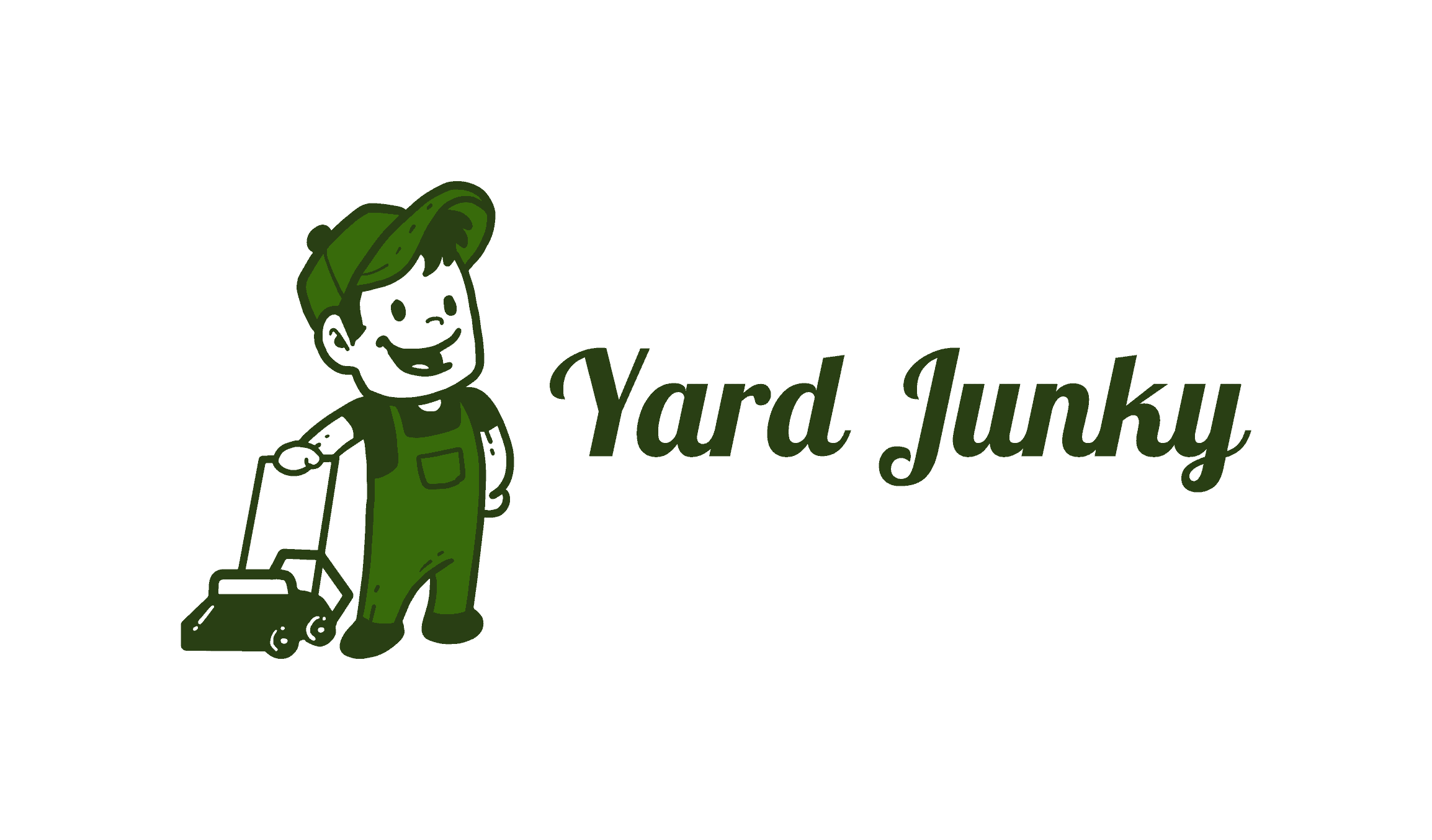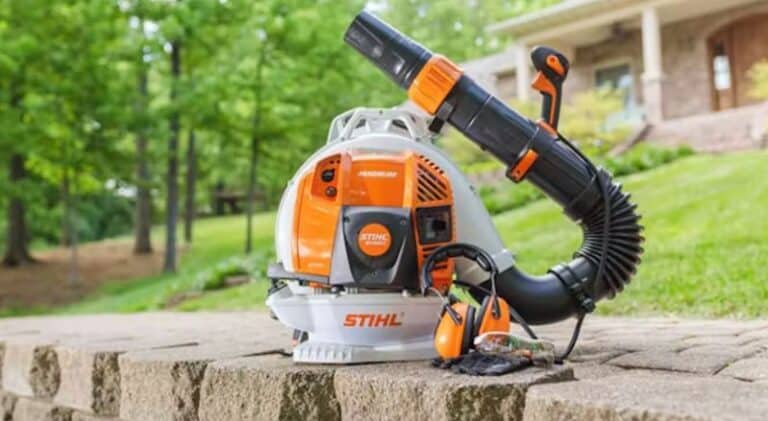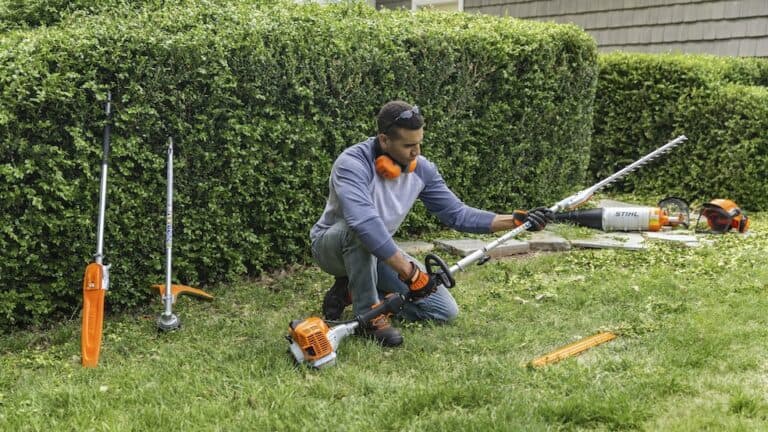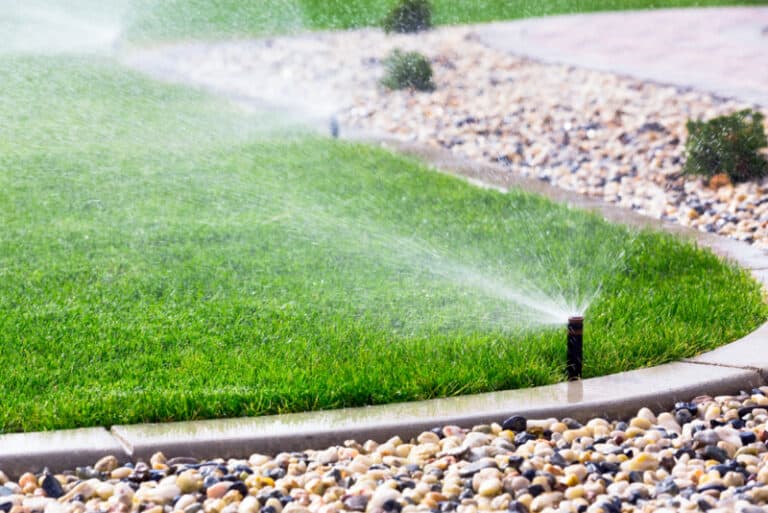Should You Install Pavers When It’s Raining?
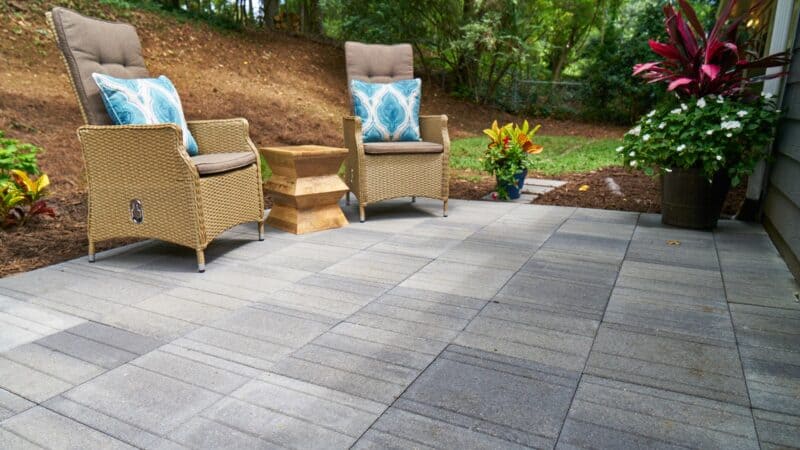
Anytime you’re doing work outside, there is a strong element of unpredictability associated with it, chiefly because of the weather. When it comes to laying down pavers, weather conditions can definitely be a factor in the process. For someone who has been planning the paver project for quite a while, you would definitely get anxious about beginning the project, even if you don’t have ideal weather conditions.
According to Pacific Dreamscapes of San Diego, you don’t have to delay the beginning of your project just because it happens to be raining outside, and this is especially true if you’re talking about light rain or possibly drizzle. In weather conditions like this, it’s fairly easy to be installing pavers when it’s raining, even if you have to do some digging or excavation work.
Drainage installation, spreading stone, and leveling out all the base material can be accomplished in steady rain, as long as you don’t have water pooling up in the area where you’re installing your pavers. If it’s raining heavily outside, that is probably a horse of a different color. Most people don’t really want to work in heavy rain in the first place, but when it comes to laying down pavers, heavy rain can have a major impact on almost every aspect of the installation procedure.
Most methods currently used to join pavers become impractical in heavy rain and will not deliver the results that you’re expecting. It’s very possible that mortar and concrete will lose their original properties and become diluted by having too much water rain down on them. Of course, you could prepare a stiffer mixture, but this will take in a certain amount of guesswork and trying to prepare just the right combination of mortar and sand.
In the case of heavy rain, you’re much better off to simply postpone the project another day until the rain either stops or lightens up. Heavy rain makes installing pavers when it’s raining a nasty job, and it’s very possible your concrete mix won’t cure correctly. Interestingly, heavy rain is not the only thing that might interrupt the installation of your new pavers. Many types of pavers get extremely hot on a sweltering summer day, so that may not be the best time to lay them down either.
Any moderately warm day is still acceptable, because it won’t interfere with heating up the pavers, or making it especially uncomfortable for your work team.
What happens if it’s raining during paver installation?
As mentioned above, a heavy rain will pretty much force you to delay your project until another time. If you were to attempt to install pavers during a heavy rain, you would find out quickly that the sand which is used to mix your mortar will get washed away by a heavy rainfall. That means your sealant between the pavers will be completely ineffective.
Make a note to yourself that heavy rain will not allow your concrete mixture to harden, so there’s no point in attempting to complete the project during a heavy rain. When you have a much lighter rain or possibly a drizzle, you’ll be able to place the mortar between the joints of your pavers. The mixture will just get a little moist from the rain, and then when the sun comes out, the sand and the mortar will dry out quickly and you’ll have your sealant between the pavers.
If you live in an area where there’s generally a prolonged rainy season, it’s best to wait until after that season ends before starting your paver project.
When is the best time to lay pavers?
We have established that it’s not a good idea to lay down pavers during heavy rains, and that it’s also a bad idea to begin such a project when you are in the midst of a very hot time of year. With these options basically ruled out, what does that leave for optimal weather conditions to lay your pavers? According to Aviara Pavers, the best time of the year for laying pavers is in early spring.
During this time of year, you won’t have to deal with the sweltering heat of summer, and you usually won’t have prolonged rainfall either. However, there are some cases where springtime can be a very rainy time of year, so you’ll have to watch the weather forecast in order to find a two or three-day window where there’s no rain in the forecast. If you don’t have that luxury, you might still end up installing pavers when it’s raining, but choose a time when the rain is minimal.
It’s also a good time for you to begin this project because there is some significant manual labor involved, e.g. spreading out the base, mixing mortar, and laying individual pavers down one after the other. This is not a time when you would want to begin those activities in extremely hot or humid weather, because it will simply wear you out long before the finish.
That’s another reason why springtime is generally the best time of year for laying pavers. By the same token, autumn has very similar weather, because it lacks the heat of summer and does not usually include prolonged periods of rain. Most homeowners, when they anticipate a project like laying pavers, prefer to do it at the beginning of the warm season, which is springtime, rather than the end of the year, during the autumn.
If you do tackle the project in autumn, you will soon slide right into the winter season, and you won’t get much of a chance to take advantage of the paver project that you just completed. By scheduling the project for springtime, you’ll be able to avoid the extremes of weather, and you’ll be able to make use of your newly installed pavers all throughout summer and fall. That will give you several months to enjoy the benefits of your new patio or paver walkway.
Protecting your newly laid pavers from rain
If you’ve already laid down your pavers, and then you become aware of some impending rainfall, you may want to take some steps to protect your new pavers. The thing you have to worry about the most once your pavers are installed is creating a strong bond between the pavers and the cement. If you seal your pavers with a good sealant, any rain that reaches your paver base won’t cause any harm at all to the pavers.
There are two types of sealants you can use, those being film-forming and non-film-forming. Film-forming sealant provides excellent protection, and it has a wet and clear appearance. This type of sealant also will prevent any fading of the colors in your pavers. The non-film-forming sealant imparts a matte finish to the pavers, and it will last longer than the film-forming variety, although it’s not quite as attractive as the film-forming variety.
Once you begin applying either one of these sealants, it will take a few hours for it to dry, but once it does, you’ll have all the protection you need against harsh weather.
How long does it take concrete to dry after a rainfall?
Depending on weather conditions, it will usually take between four and eight hours for the concrete to dry. It will take longer if the rain continues, but as soon as you have some sunshine, you can count on the four to eight hours of drying time. Water is actually an essential element needed for the formation of a strong bond between the pavers and the cement, but when you have hard rainfall, that can prevent the concrete from drying at all. Even light rain might cause minor damage, but once the rain stops, your concrete will begin the drying process immediately.
What happens when water gets under pavers?
If a significant amount of water does work its way under your pavers, it’s very possible that the integrity of your foundation will be destroyed. Water will often pool up under pavers when it rains, and that can be a major problem. You can avoid this by making sure that the drainage system you installed is functioning correctly before actually laying the pavers.
What can I do to prevent pavers from shifting?
Pavers will generally shift because they have an improperly installed base. To avoid this, you should plan on installing a primary strong foundation, then install your pavers one at a time. Lastly, make sure to seal the edges on your pavers to stop them from moving around. Sealing your pavers is mandatory, both to provide protection for the pavers, and to prevent them from shifting after installation.
